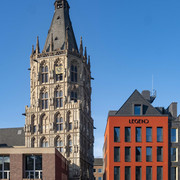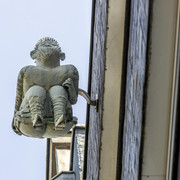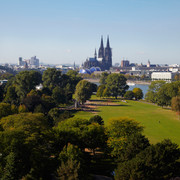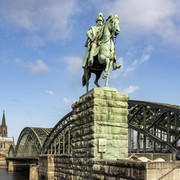- Photos & Map
How would you like to arrive?
- Call
- Details
- Useful Information
- Nearby
Useful Information
Eligibility
Bad Weather Offer
Suitable for any weather
for Groups
for Class
for individual guests
Openings
Dayoff: Saturday, Sunday, Closed all holidays
Payment methods
Entrance Free
Parking facilities
The walk from the stop Rathaus (Tram: 5) to the Historic City Hall takes about 2 minutes.
General information
Parking Available
Bus stop available
Our recommendations
Nearby













